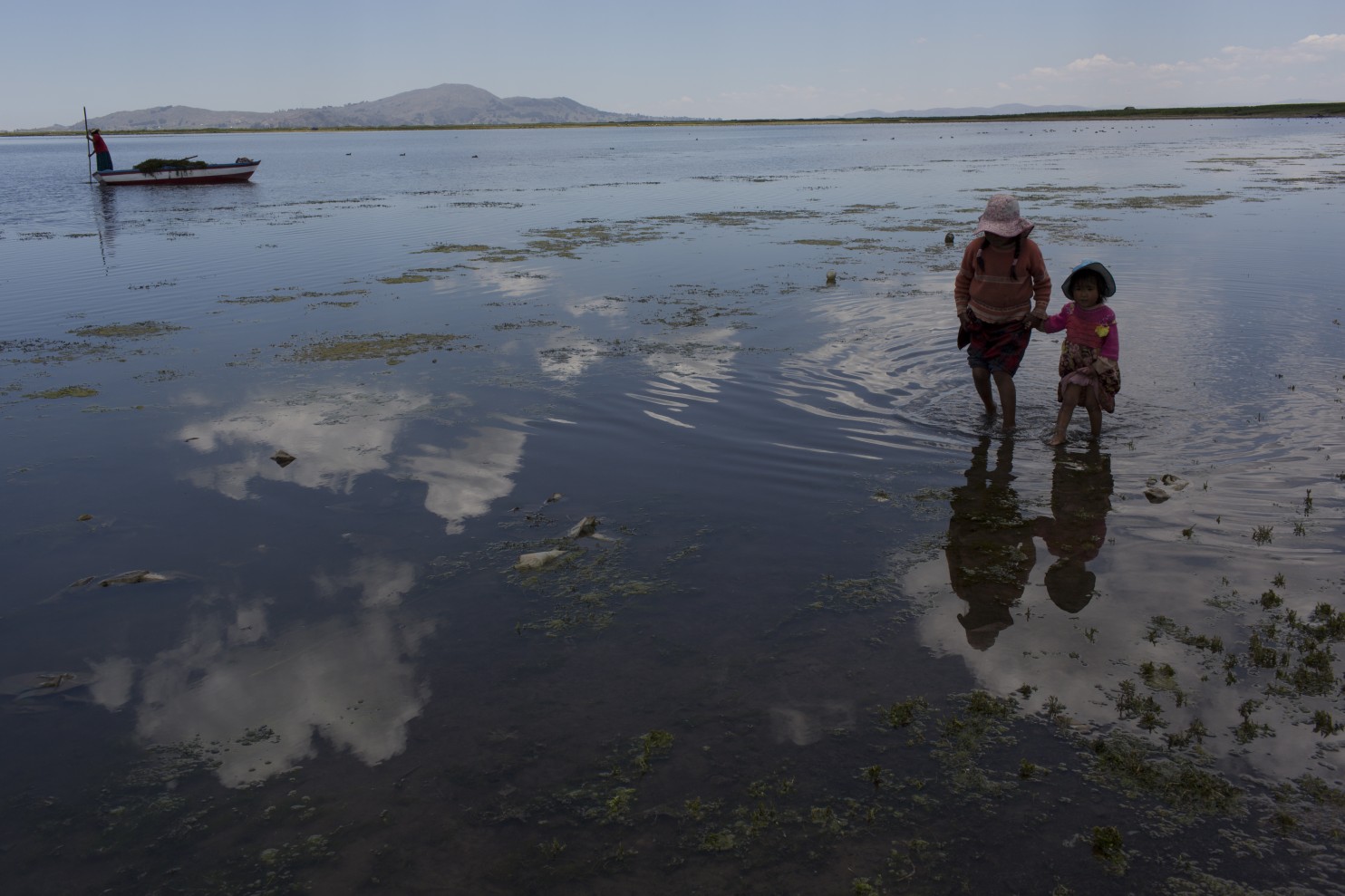06-03-2017
Metal pollution on Lake Titicaca
Several international media as the British newspaper The Independent and the Washington Post in the United States have to pray a paper published in the journal Science of the Total Environment 2014 by Mario Monroy, Adolf and Alberto Veiga de-Maceda Sostoa (members IRBio) warned on the serious problem of heavy metal pollution of Lake Titicaca.
The research showed that the levels of various metals including mercury, cadmium and lead in fish from Lake of the main fishing ports, as well as water and sediment, surpassing the limits established by international law and warned of the serious conservation problem for species endemic to the lake as well as human health.
It is recommended to reduce the consumption of fish due to the danger to public health, and treat urban wastewater and mining industry recommendations that the Peruvian and Bolivian authorities have not followed. Over three years later detected mass mortalities of frogs, birds and fish in the lake documented by the local population, as well as serious health problems in residents near the lake that health authorities related pollution (see video: http://www.independent.co.uk/environment/lake-titicaca-pollution-video-rubbish-toxic-chemicals-litter-peru-bolivia-rubbish-trash-a7607826.html). An example of how the contamination of continental aquatic systems can affect human health.
Read more on Washington Post
Article:
Monroy, M. Maceda-Veiga, A., & de Sostoa, A. (2014). Metal concentration in water, sediment and four fish species from Lake Titicaca reveals a large-scale environmental concern. Science of the Total Environment, 487, 233-244.
Picture: Washington Post
